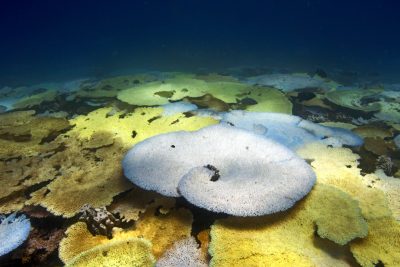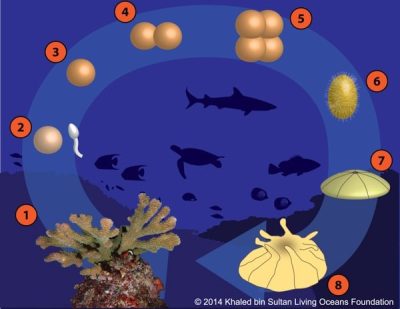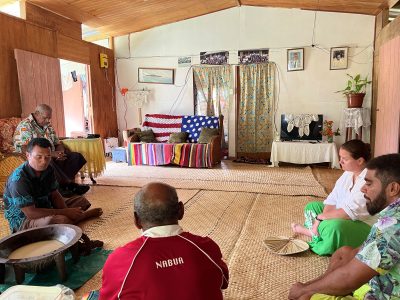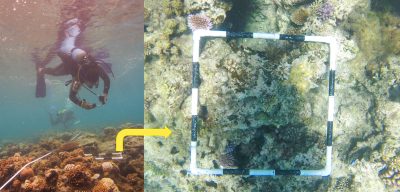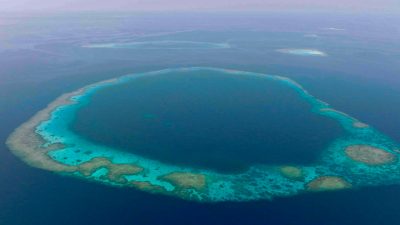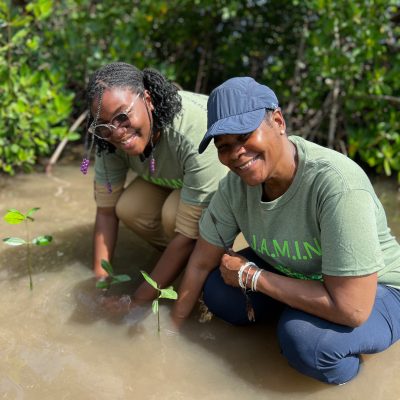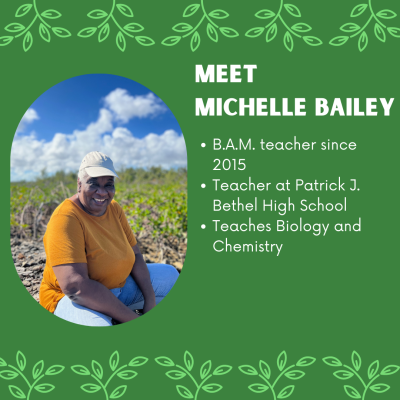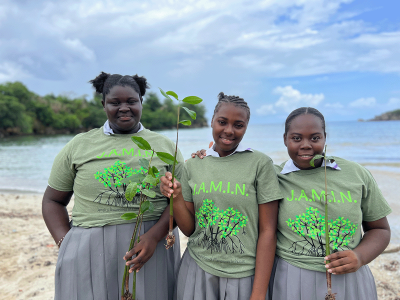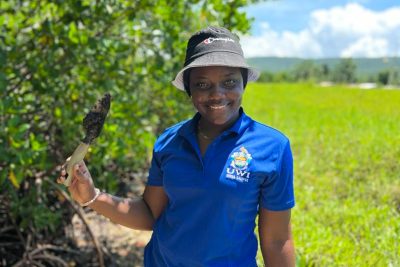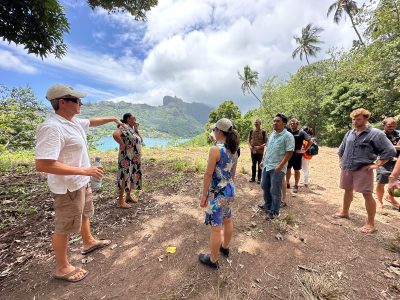
Nurturing Innovation and Community Connection at UC Berkeley’s Gump Research Station
In the heart of Moorea Island in French Polynesia, a recent workshop at UC Berkeley’s Gump Research Station set the stage for a potentially transformative endeavor. Hosted by Gump Station, this gathering was dedicated to fostering a dynamic collaboration between

